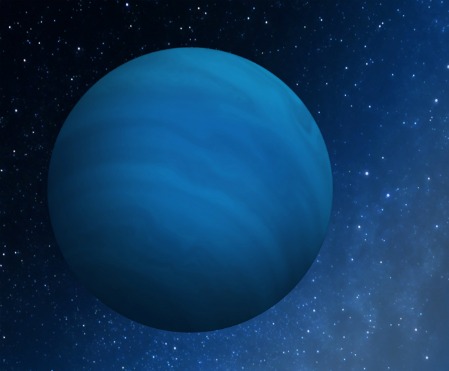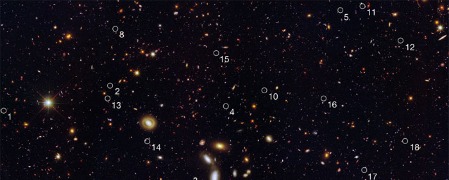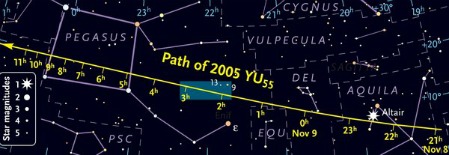
Approximate natural color (left) and enhanced color (right) view of leading hemisphere taken by NASA/JPL's Galileo in 1997
Europa, second satellite of Jupiter, has intrigued planetary scientists since Galileo first spied it and its three siblings through his telescope in 1610. It was these four satellites that exposed the theology of the Catholic Church for the fairytale it was at the height of the Church’s political power. When two Pioneer and two Voyager spacecraft barreled through the Jovian system in the 1970s, that interest turned into one of the most exciting fields in planetary astronomy. Europa is now perhaps the best bet for ET life, it may be one of the most earth-like worlds in our solar system in some respects, and new research suggests Europa not only has a vast subsurface, salty ocean, but that that ocean “breathes”. [Read more…]





